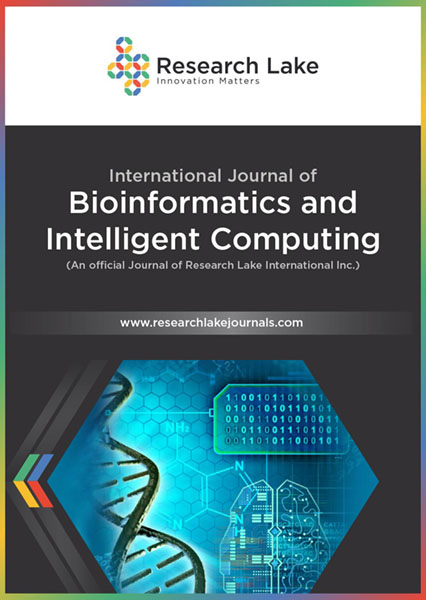Emotion Recognition from Electroencephalogram Signals based on Deep Neural Networks
Abstract
Emotion recognition using deep learning methods through electroencephalogram (EEG) analysis has marked significant progress. Nevertheless, the complexities and time-intensive nature of EEG analysis present challenges. This study proposes an efficient EEG analysis method that foregoes feature extraction and sliding windows, instead employing one-dimensional Neural Networks for emotion classification. The analysis utilizes EEG signals from the Database for Emotion Analysis using Physiological Signals (DEAP) and focuses on thirteen EEG electrode positions closely associated with emotion changes. Three distinct Neural Models are explored for emotion classification: two Convolutional Neural Networks (CNN) and a combined approach using Convolutional Neural Networks and Long Short-Term Memory (CNN-LSTM). Additionally, two emotion labels are considered: four emotional ranges encompassing low arousal and low valence (LALV), low arousal and high valence (LAHV), high arousal and high valence (HAHV), and high arousal and low valence (HALV); and high valence (HV) and low valence (LV). Results demonstrate CNN_1 achieving an average accuracy of 97.7% for classifying four emotional ranges, CNN_2 with 97.1%, and CNN-LSTM reaching an impressive 99.5%. Notably, in classifying HV and LV labels, our methods attained remarkable accuracies of 100%, 98.8%, and 99.7% for CNN_1, CNN_2, and CNN-LSTM, respectively. The performance of our models surpasses that of previously reported studies, showcasing their potential as highly effective classifiers for emotion recognition using EEG signals.
Copyright (c) 2023 Parisa Rayavi Yeganeh, Ahmad Nouri, Toktam Khatibi, Alireza Khanteymoori

This work is licensed under a Creative Commons Attribution-NonCommercial 4.0 International License.
Copyright © by the authors; licensee Research Lake International Inc., Canada. This open-access article is distributed under the terms of the Creative Commons Attribution Non-Commercial License (CC BY-NC) (http://creative-commons.org/licenses/by-nc/4.0/).




















